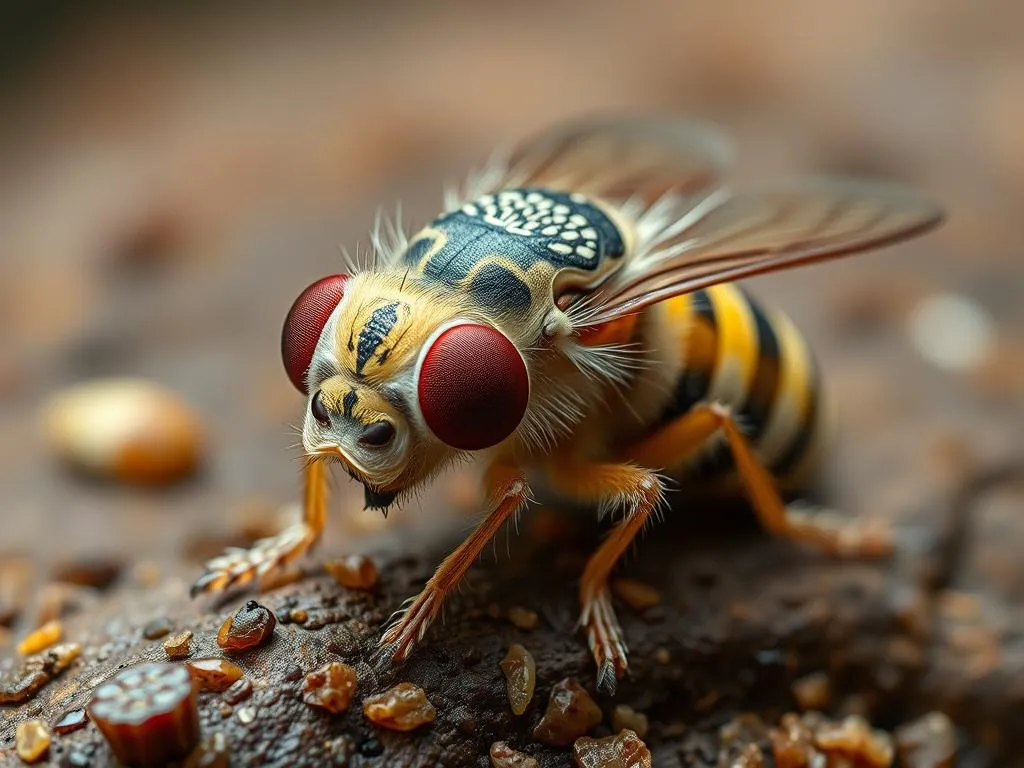
Introduction
Dog health care encompasses a wide array of topics, all crucial for maintaining the well-being of our beloved companions. One pressing concern for many dog owners is flea control, as these tiny pests can lead to significant health issues for dogs. Recently, there’s been a buzz around the question: does chlorine kill fleas? Understanding how to effectively manage fleas is essential for safeguarding your dog’s health and comfort. In this article, we will delve into the nature of fleas, explore various flea control methods, and address the role of chlorine in flea management.
Understanding Fleas
What Are Fleas?
Fleas are small, wingless insects belonging to the order Siphonaptera, notorious for their parasitic lifestyle. They feed on the blood of mammals, including dogs, and can reproduce rapidly. The flea life cycle consists of four stages: egg, larva, pupa, and adult. A single female flea can lay up to 50 eggs per day, leading to a quick infestation if left unchecked. The most common type of flea affecting dogs is the cat flea (Ctenocephalides felis), but dog fleas (Ctenocephalides canis) and others can also pose a threat.
Symptoms of Flea Infestation
Identifying a flea infestation can be tricky. However, several telltale signs can indicate that your dog may be suffering from fleas:
- Scratching and Biting: Excessive itching or biting at the skin is often the first indication.
- Hair Loss: Patches of hair loss, especially around the tail, belly, and ears.
- Flea Dirt: Small black specks on the skin or in the fur, which are flea droppings.
- Skin Irritation: Red, inflamed skin, or hot spots can develop due to allergic reactions to flea bites.
Fleas can lead to more serious health risks, including anemia in severe cases, where blood loss can be life-threatening, especially in puppies and small dogs. Additionally, fleas can cause allergic reactions, leading to dermatitis and skin infections.
Flea Control and Prevention
Importance of Flea Control
Maintaining effective flea control is vital for your dog’s health. Fleas not only irritate dogs but can also transmit diseases and lead to serious conditions. Statistics indicate that up to 30% of dogs in certain regions can be infested with fleas at any given time, highlighting the widespread nature of the problem. Thus, proactive flea management is essential.
Conventional Flea Treatments
There are several conventional flea treatment options available:
- Topical Treatments: These products are applied directly to the dog’s skin and can include spot-on treatments that kill fleas upon contact.
- Oral Medications: These are ingested and work to kill fleas from within. They often provide rapid relief.
- Flea Collars: These collars release chemicals that can repel or kill fleas.
Each treatment has its pros and cons. Topical treatments may require monthly application, while oral medications may have quicker effects. However, they can sometimes lead to gastrointestinal upset. Flea collars offer convenience but may not be as effective in severe infestations.
Natural Flea Remedies
For those seeking alternatives, natural remedies exist, such as:
- Essential Oils: Oils like lavender and cedarwood can deter fleas but must be used with caution, as some oils can be toxic to pets.
- Diatomaceous Earth: This powder can be sprinkled in areas where fleas are prevalent, as it dehydrates and kills them.
While natural remedies can be effective, it’s crucial to research their safety and efficacy, especially regarding their use on pets.
Chlorine and Its Effects on Fleas
Understanding Chlorine
Chlorine is a chemical commonly used for disinfecting and sanitizing, particularly in swimming pools. Its properties make it an effective agent against many pathogens, but its relationship with fleas is less clear.
Does Chlorine Kill Fleas?
The question, does chlorine kill fleas, has sparked interest among dog owners. While chlorine can kill fleas in water, its effectiveness diminishes significantly outside of a controlled environment like a swimming pool. Chlorinated water can kill adult fleas and larvae upon direct contact, but the concentration required to be effective may not be practical or safe for most pets.
Studies suggest that while chlorine may have some efficacy against fleas, it is not a reliable method for flea control. Fleas can survive in environments where chlorine levels are not consistently high, making it an ineffective long-term solution.
Risks of Using Chlorine for Flea Control
Using chlorine as a flea control method poses several risks:
- Skin Irritation: Chlorine can cause skin irritation and dryness in dogs, leading to further discomfort.
- Respiratory Issues: Inhalation of chlorine fumes can irritate a dog’s respiratory system, posing additional health risks.
- Environmental Concerns: Chlorine can have detrimental effects on local wildlife and plant life when used improperly, leading to broader ecological impacts.
Given these potential risks, relying on chlorine for flea control is not advisable.
Effective Flea Management Strategies
Regular Grooming and Bathing
One of the best ways to manage fleas is through regular grooming. Brushing your dog frequently helps remove fleas and their eggs from the coat. Bathing your dog with a flea shampoo every few weeks can also help reduce flea populations and soothe irritated skin.
Home Environment Control
Maintaining a clean home environment is crucial in preventing flea infestations:
- Vacuum Regularly: Frequent vacuuming of carpets, rugs, and upholstery can remove fleas and eggs.
- Wash Bedding: Regularly wash your dog’s bedding and any blankets they use to eliminate fleas and their larvae.
- Yard Treatment: Treating your yard with appropriate insecticides or natural deterrents can help keep fleas at bay in outdoor spaces.
Regular Vet Check-ups
Consulting with a veterinarian is always advisable for flea control and prevention. They can recommend suitable flea prevention products and schedules tailored to your dog’s specific needs. Regular check-ups also ensure that your dog remains healthy and free from other parasites.
Frequently Asked Questions (FAQs)
Can I use chlorine to treat my dog for fleas?
While chlorine can kill fleas in water, it is not recommended as a treatment for dogs due to the potential for skin irritation and respiratory problems. Instead, consider other proven flea treatment methods.
Are there any side effects of using flea treatments?
Yes, some flea treatments can lead to side effects such as skin irritation, vomiting, or lethargy. Always monitor your dog after administering flea treatments and consult your vet if you notice any concerning symptoms.
How can I tell if my dog is flea-free?
Signs that your dog is free of fleas include reduced scratching and biting, a clean coat without flea dirt, and overall improved skin condition. Regular grooming and vet check-ups are essential for confirming flea-free status.
Conclusion
Proper flea control is essential for maintaining your dog’s health and comfort. Understanding the intricacies of flea infestations and effective management strategies can help protect your furry friend from these pesky parasites. While the question of whether chlorine kills fleas has some merit, it’s clear that relying on chlorine is not a safe or effective method for flea control. Instead, focus on regular grooming, effective treatments, and maintaining a clean environment. Always consult with your veterinarian for the best personalized care for your dog.









